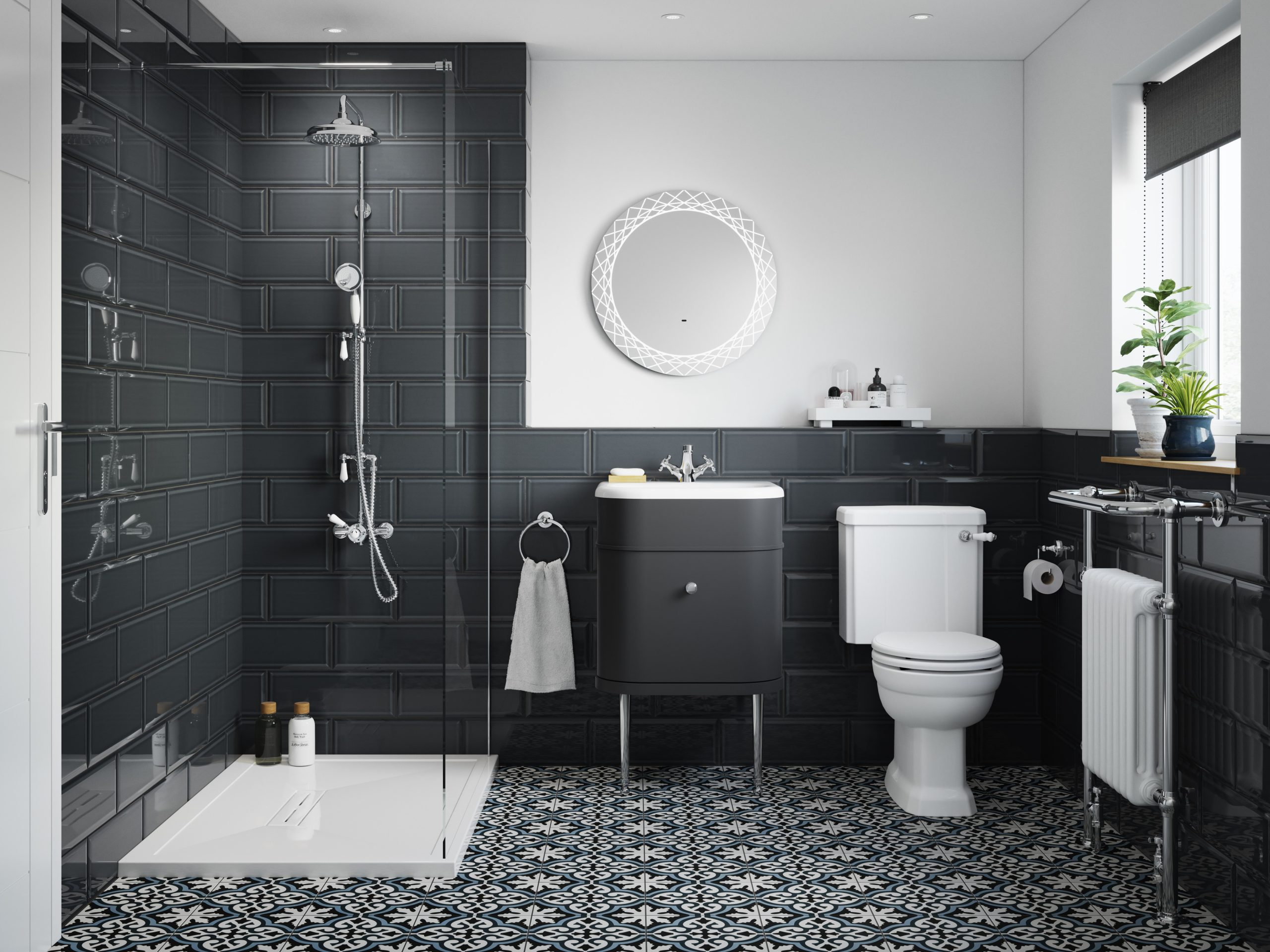Introduction
The use of proper lighting in industrial factories is vital not only for the safety and well-being of workers but also for the productivity and performance of the facility. Industrial factory lighting has evolved over the years, from incandescent to fluorescent to LED lights. The advancements in technologies have opened up new possibilities for improving factory lighting.
The Importance of Workplace Lighting
Effective lighting in industrial factories is important for a number of reasons. It provides better visibility and allows workers to perform their tasks with greater accuracy and speed. Proper lighting also reduces the risk of accidents and injuries. In addition, it has been linked to improved mood and productivity, as well as better overall health and well-being.
The Evolution of Factory Lighting
Historically, factories used incandescent lights, which were inefficient and produced a lot of heat. This led to the adoption of fluorescent lights, which were more energy-efficient and had a longer lifespan. However, they contained toxic chemicals, and their light quality was not ideal. LED lights have now become the preferred choice for industrial factory lighting. They are energy-efficient, long-lasting, and offer improved illumination and color rendering.
The Advantages of LED Lighting in Industrial Factories
LED lights have several advantages for industrial factories:
– Energy efficiency: LED lights use up to 75% less energy than incandescent lights, leading to significant cost savings.
– Durability: LED lights have a longer lifespan and are more durable than traditional lighting options, reducing maintenance costs and downtime.
– Improved illumination: LED lights provide brighter and more uniform illumination, creating a safer and more productive work environment.
– Heat reduction: LED lights produce less heat, reducing the need for cooling systems, which can be energy-intensive.
– Better color rendering: LED lights offer better color rendering, which is important in factories where workers need to differentiate between colors and identify parts.
– Flexibility: LED lights can be easily controlled and adjusted to meet the specific needs of any industrial facility.
The Implementation of LED Lighting in Factories
The implementation of LED lighting in industrial factories requires careful planning and execution. A lighting audit should be conducted to assess the current lighting and identify areas for improvement. The audit should consider factors such as illumination levels, color rendering, glare, and safety requirements. Once the audit is completed, a lighting design can be created, taking into account the specific needs of the facility and its workers.
The Future of Factory Lighting
The future of factory lighting looks promising. The advancement of LED technology will continue to improve the color rendering, dimming capability, and energy efficiency of these lights. Smart lighting systems will make it possible to control lighting remotely, and sensors will allow for the automatic adjustment of lighting based on occupancy and daylight levels.



